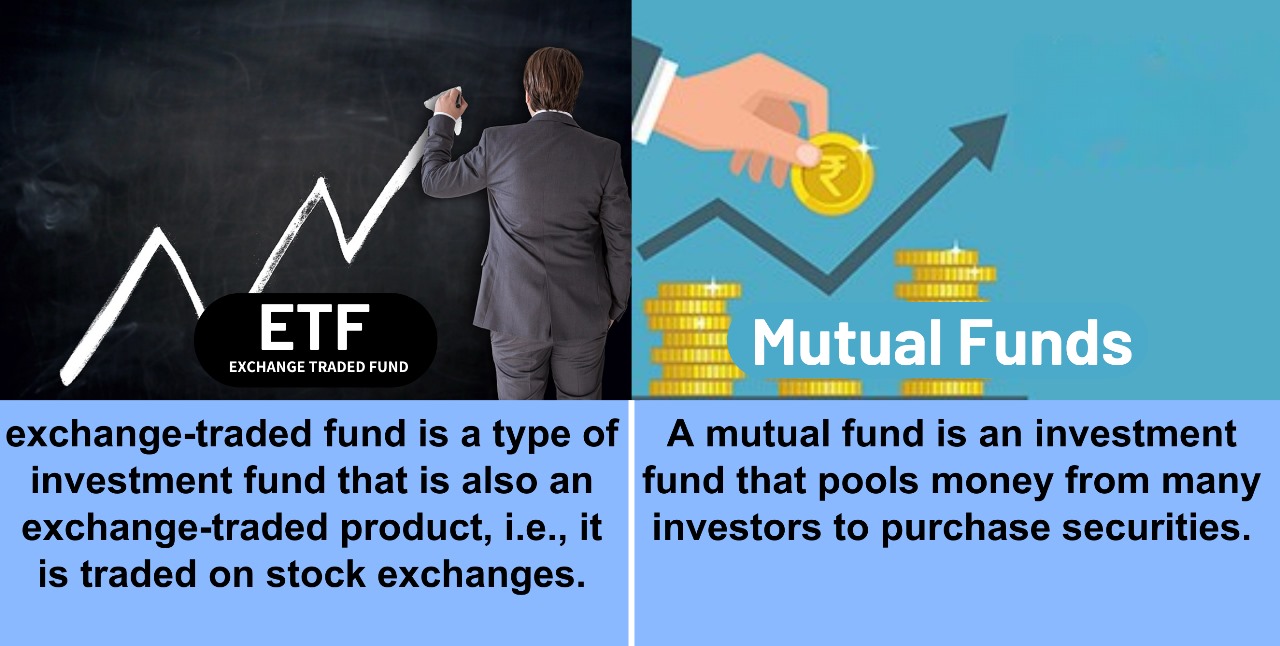MF & ETF BASED PORTFOLIO

MF & ETF BASED PORTFOLIO
Investing in the stock market can be daunting, but mutual funds (MFs) and exchange-traded funds (ETFs) offer a simplified path to diversification and potential growth. This blog explores the benefits of MFs and ETFs, how to construct a balanced portfolio with them, and strategies for maximizing returns while managing risks.
1. Understanding Mutual Funds and ETFs
What are Mutual Funds?
- Definition: Pooled investment vehicles managed by professionals that invest in a diversified portfolio of stocks, bonds, or other assets.
- Benefits: Professional management, diversification, and accessibility for individual investors.
- Types: Equity funds, bond funds, balanced funds, index funds, sector funds.
What are ETFs?
- Definition: Investment funds traded on stock exchanges, holding a diversified portfolio of assets like stocks, bonds, or commodities.
- Benefits: Flexibility of trading like a stock, lower expense ratios, tax efficiency, and diversification.
- Types: Broad market ETFs, sector ETFs, bond ETFs, commodity ETFs, international ETFs.
2. Advantages of Combining MFs and ETFs in a Portfolio
- Diversification: Spread investments across a wide range of assets, reducing risk.
- Flexibility: ETFs offer intraday trading, while MFs provide access to professional management.
- Cost Efficiency: ETFs typically have lower expense ratios, while MFs may offer lower transaction costs for long-term investors.
- Risk Management: Combining different types of funds can help balance risk and reward.
3. Steps to Building an MF and ETF-Based Portfolio
Step 1: Define Your Investment Goals
- Risk Tolerance: Assess your comfort level with risk and potential volatility.
- Time Horizon: Determine your investment period (short-term, medium-term, long-term).
- Financial Goals: Set clear objectives, such as retirement savings, education funding, or wealth accumulation.
Step 2: Asset Allocation
- Equity vs. Fixed Income: Decide the percentage allocation to stocks (for growth) and bonds (for stability).
- Diversification Across Asset Classes: Include a mix of domestic and international equities, government and corporate bonds, and alternative investments like commodities or real estate.
Step 3: Select Mutual Funds and ETFs
- Research and Screen Funds: Use financial platforms to identify funds that match your criteria (e.g., Morningstar, Vanguard, BlackRock).
- Evaluate Performance: Look at historical performance, expense ratios, and fund manager track records.
- Consider Sector and Thematic Funds: Include funds focused on specific sectors (technology, healthcare) or themes (sustainability, innovation) to capture growth opportunities.
Step 4: Monitor and Rebalance Your Portfolio
- Regular Review: Periodically review your portfolio to ensure it remains aligned with your goals.
- Rebalancing: Adjust your holdings to maintain your desired asset allocation, typically annually or semi-annually.
- Stay Informed: Keep up with market trends and economic indicators that may impact your investments.
4. Case Studies: Sample MF and ETF Portfolios
Conservative Portfolio:
- Mutual Funds: High-quality bond funds, conservative balanced funds.
- ETFs: Broad market bond ETFs, dividend-focused equity ETFs.
Moderate Portfolio:
- Mutual Funds: Balanced funds with a mix of equities and bonds, sector funds.
- ETFs: Broad market equity ETFs, sector-specific ETFs, bond ETFs.
Aggressive Portfolio:
- Mutual Funds: Equity-focused funds, international funds, thematic funds.
- ETFs: High-growth equity ETFs, sector ETFs, international ETFs.
5. Tools and Resources
- Investment Platforms: Vanguard, Fidelity, Charles Schwab for research and transactions.
- Financial News and Analysis: Morningstar, Seeking Alpha, Bloomberg for insights and updates.
- Portfolio Management Tools: Personal Capital, Mint, or robo-advisors like Betterment and Wealthfront.
Conclusion
Building a portfolio with mutual funds and ETFs offers a balanced approach to investing, combining professional management with flexibility and cost efficiency. By understanding your goals, diversifying across asset classes, and regularly monitoring your investments, you can create a robust portfolio tailored to your financial objectives.








